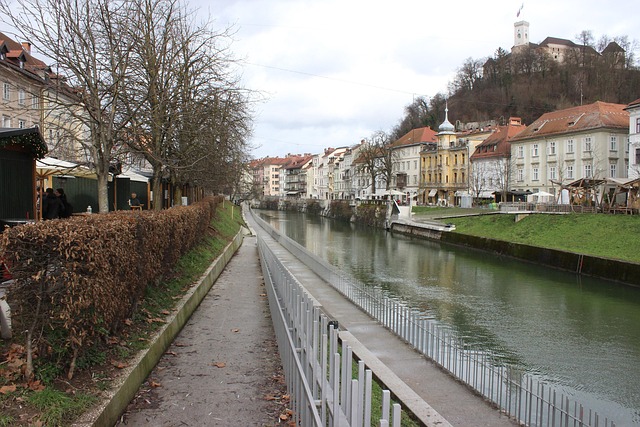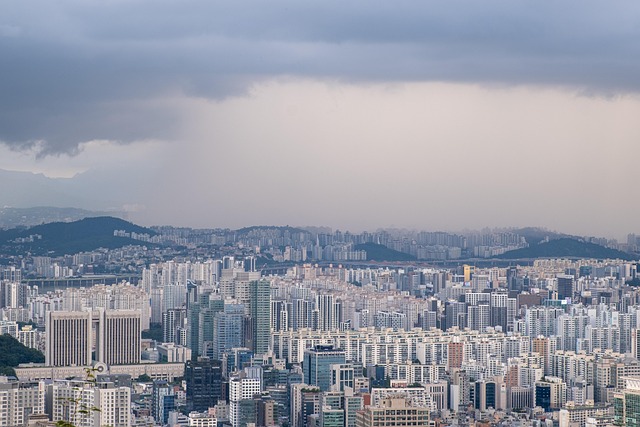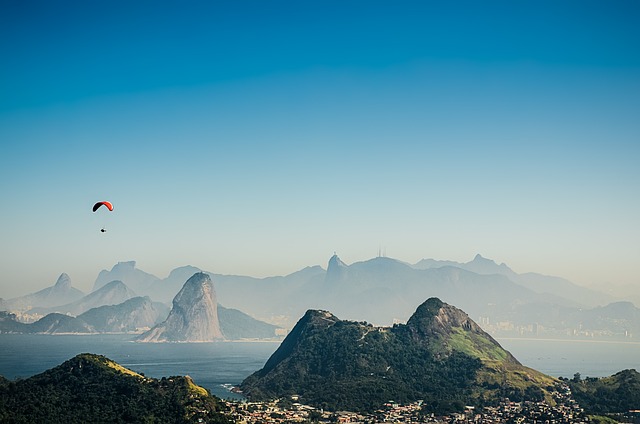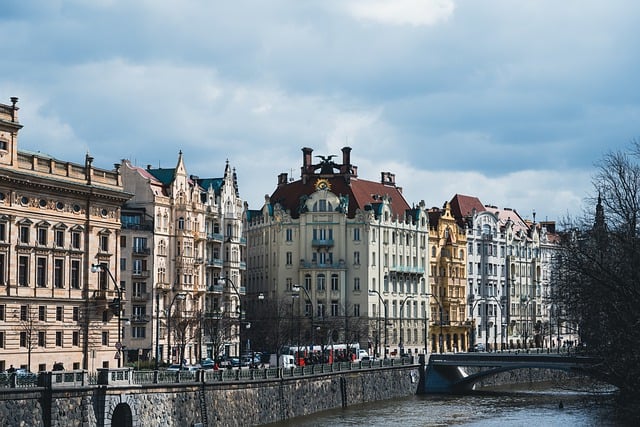Dalmia Road, Karachi's historic commercial hub, faces significant traffic congestion during peak hours due to high vehicular volumes, inadequate infrastructure, and limited management strategies. To address this challenge, implementing Intelligent Transportation Systems (ITS) like real-time monitoring and adaptive signals is vital. Expanding road infrastructure, promoting public transport, and adopting smart technologies are key to optimizing flow, enhancing safety, and encouraging sustainable mobility in Karachi's rapidly growing urban landscape.
“Uncovering Traffic Dynamics on Dalmia Road, Karachi: A Comprehensive Analysis
Karachi’s bustling streets, particularly Dalmia Road, have long been a subject of fascination and concern for urban planners. This article delves into the intricate world of traffic patterns on this vital thoroughfare, exploring its historical evolution and the factors contributing to congestion. We present an in-depth analysis, offering proposed solutions and a glimpse into the future of efficient traffic management in Karachi’s heart.”
- Understanding Traffic Patterns on Dalmia Road, Karachi
- Historical Perspective: How Has Traffic Changed Over Time?
- Key Factors Contributing to Congestion on Dalmia Road
- Proposed Solutions and Improvements for Better Traffic Flow
- The Future of Traffic Management in Karachi's Vital Areas
Understanding Traffic Patterns on Dalmia Road, Karachi

Dalmia Road in Karachi is a bustling commercial hub, and understanding its traffic patterns is crucial for anyone navigating the city’s complex transportation network. The road, known for its vibrant market and dense population, experiences heavy vehicular traffic throughout the day. Peak hours, typically between 8 AM and 10 AM, as well as late afternoons from 5 PM to 7 PM, see a significant surge in vehicle volume, causing potential congestion and delays.
Analyzing these patterns helps residents and commuters plan their journeys more efficiently. During off-peak times, Dalmia Road offers a smoother travel experience, while the afternoon rush hour can be anticipated for those planning business or leisure activities in this part of Karachi. Understanding these dynamics is essential for both local residents and visitors to ensure a seamless and timely commute along this vibrant karachi thoroughfare.
Historical Perspective: How Has Traffic Changed Over Time?

Dalmia Road, a historic thoroughfare in Karachi, has witnessed a remarkable evolution in traffic patterns over the years. In its early days, the road was largely unpaved and served as a quiet connection between residential areas, with occasional horse-drawn carriages and rickshaws as the primary modes of transport. The post-independence era saw a surge in motorization, transforming Dalmia Road into a bustling artery with an increase in vehicles, especially after the construction of nearby industrial areas attracted businesses and workers.
As Karachi’s population grew, so did the density of traffic on this road. The 1980s and 1990s brought about a significant shift as private ownership of cars became more widespread, leading to a gridlock-prone environment. Over time, efforts have been made to improve traffic flow with infrastructure developments like adding lanes and signal systems. These changes reflect Karachi’s rapid urbanization and the ever-changing transportation dynamics of the city.
Key Factors Contributing to Congestion on Dalmia Road

The congestion on Dalmia Road in Karachi, a bustling metropolis known for its vibrant and labyrinthine streets, is a complex issue with several interwoven factors. One primary cause is the high volume of traffic, especially during peak hours, when folks rush to and from work, schools, and businesses. The road’s narrow lanes and limited access points cannot handle the dense hustle and bustle effectively, leading to slow-moving vehicles and regular jams.
Another significant contributor is the lack of well-defined traffic management strategies. Inadequate signage, unclear lane markings, and a shortage of traffic signals or roundabouts create confusion among drivers, exacerbating the congestion. Moreover, construction sites along the road often cause temporary closures or narrow passageways, further disrupting the flow of traffic. The remnants of previous infrastructure projects create labyrinthine paths that, while unique, hinder efficient navigation for both residents and visitors alike.
Proposed Solutions and Improvements for Better Traffic Flow

To address the traffic congestion on Dalmia Road in Karachi, several proposed solutions can significantly improve traffic flow and reduce delays. One key improvement is the implementation of intelligent transportation systems (ITS), which use technology to monitor and manage traffic in real-time. This includes setting up advanced traffic signals that adapt to changing road conditions, prioritizing public transport, and providing real-time data to drivers through variable message signs.
Additionally, expanding and improving existing road infrastructure can help. This involves adding more lanes, widening narrow sections, and constructing underpasses or overpasses at busy intersections. Enhancing pedestrian crossings with dedicated walkways and traffic calming measures can also encourage non-motorized transport, reducing the number of vehicles on the road. These combined efforts will ensure smoother travel, enhance safety, and make Dalmia Road a more efficient and enjoyable experience for all road users.
The Future of Traffic Management in Karachi's Vital Areas

The future of traffic management in Karachi’s vital areas requires innovative solutions to keep up with the city’s rapid growth and urbanization. With Dalmia Road being a key corridor, implementing smart technologies is essential. Real-time traffic monitoring systems, adaptive signal controls, and dedicated lanes for public transport can significantly reduce congestion. These measures not only enhance road safety but also provide valuable data for efficient planning.
Additionally, promoting public awareness about traffic rules and encouraging the use of electric vehicles can further alleviate Karachi’s traffic challenges. By integrating these strategies, the city can strive for a more seamless and sustainable transportation network, ensuring better mobility for its residents in years to come.
The complex traffic situation on Dalmia Road, Karachi, requires a multifaceted approach to mitigate congestion and enhance flow. By examining historical trends, identifying key contributors, and implementing proposed solutions, it is feasible to significantly improve the transportation experience for residents and visitors alike. As Karachi continues to grow and evolve, adopting innovative traffic management strategies will be crucial in ensuring efficient mobility across vital areas of the metropolis.
